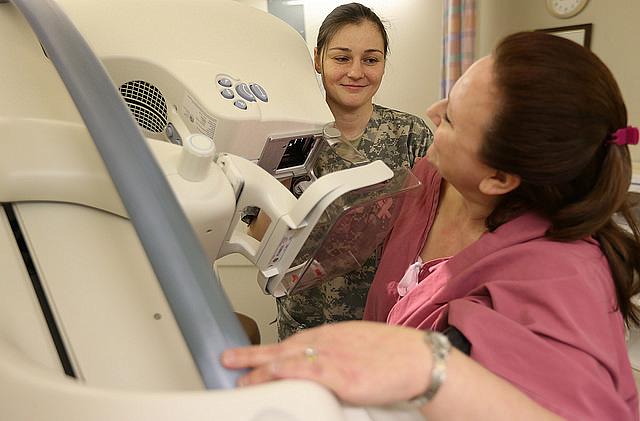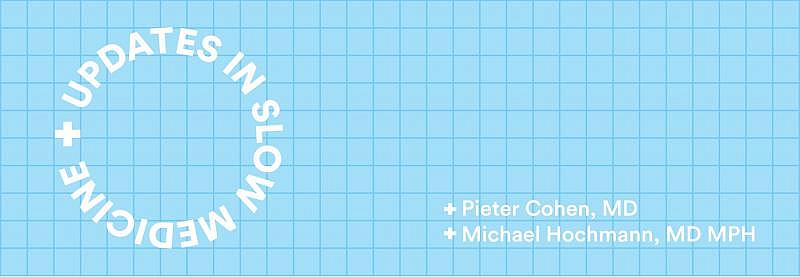New breast cancer screening guidelines should change how docs practice

In a watershed Slow Medicine development on Tuesday, the American Cancer Society (ACS) announced it was backtracking on its aggressive breast cancer screening recommendations. In two articles published in JAMA, the ACS provides much grist for journal clubs for weeks to come.
Before you dive into the recommendations and the review, we strongly encourage you to read the accompanying editorial by Nancy Keating and Lydia Pace, which superbly places the changes into context.
The new guidelines include the following key changes:
- Routine screening clinical breast exams are no longer recommended at any age
- Routine mammography is no longer recommended for women ages 40-44
- Annual mammography is recommended for women ages 45-54
- Mammography every other year is recommended for women 55 years and older who are healthy, with at least a 10 year life expectancy
These guidelines are much more aligned with the practice of Slow Medicine. Now both U.S. Preventive Services Task Force and ACS experts (coming from very different perspectives) are in agreement with one another on important principles of breast cancer screening, including:
- No screening before the age of 45 in average-risk women
- Biennial screening for women ages 55-75 years with 10 year life expectancy
How will this change our practices? Will this lead us to start recommending annual mammograms for women ages 45 to 54 years? No, there was no new data provided that suggest significant benefits for yearly mammography in this age group compared to biennial (every other year) mammography.
Will this make it less likely we perform routine clinical breast exams? Yes. Previously, we had been very concerned about the lack of benefit and potential risks but the Preventive Services Task Force had been wishy-washy, not giving us a firm set of guidelines to base our conclusions on. But now we have them. Rather than spend the six minutes required to perform a comprehensive screening breast exam, we’re now much more likely to use that time to explore our patients’ values and educating them in order to develop individualized breast cancer screening plans.
Photo by JBLM PAO via Flickr.
**



